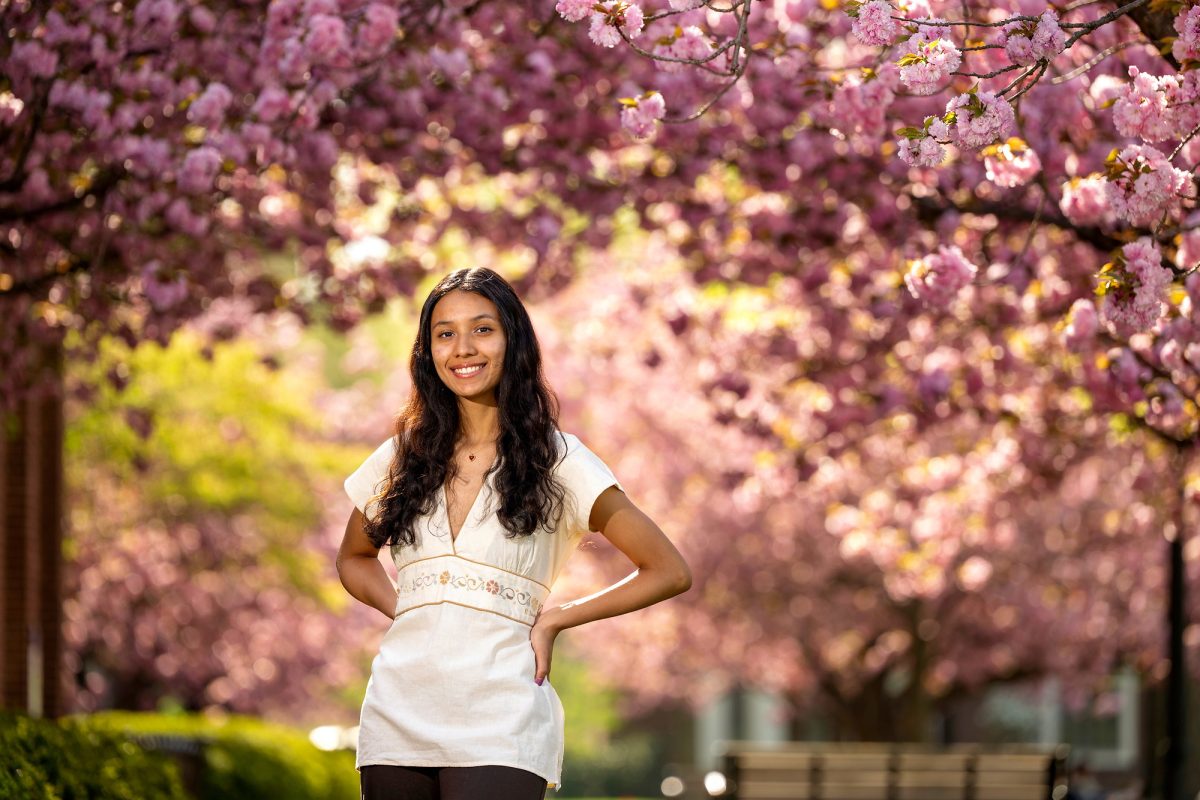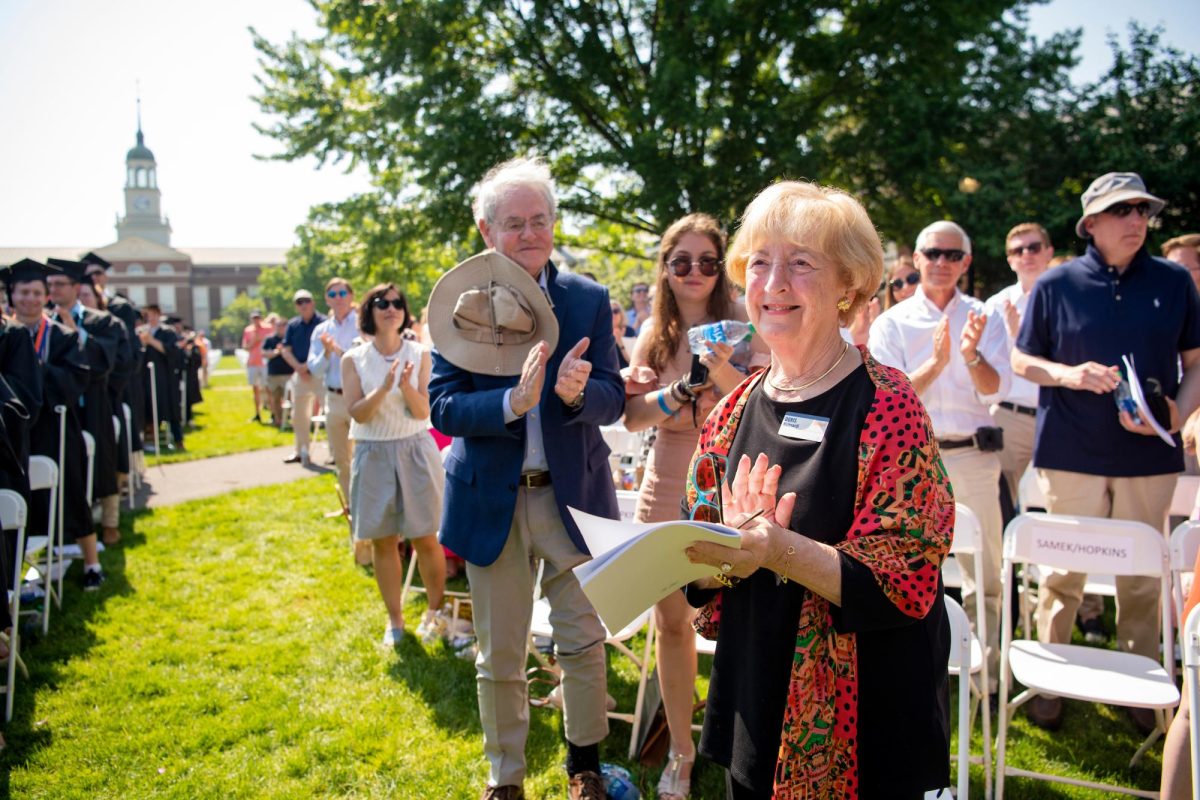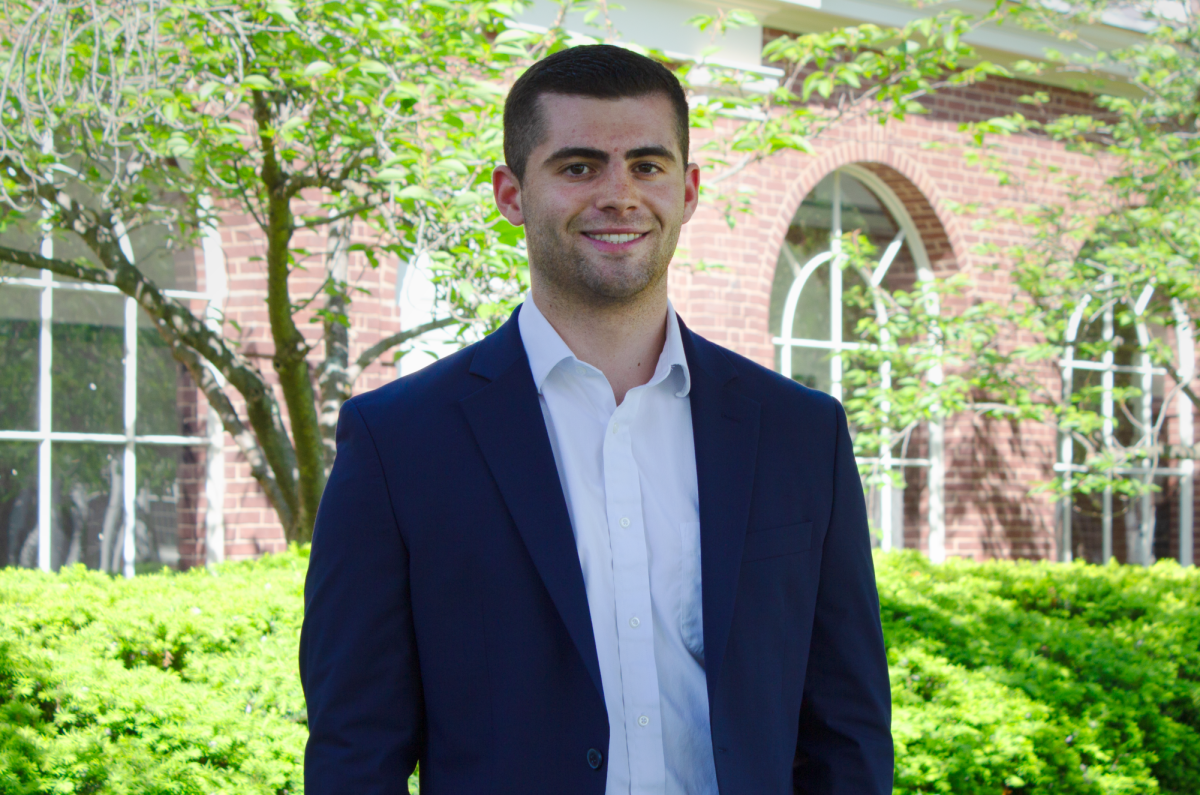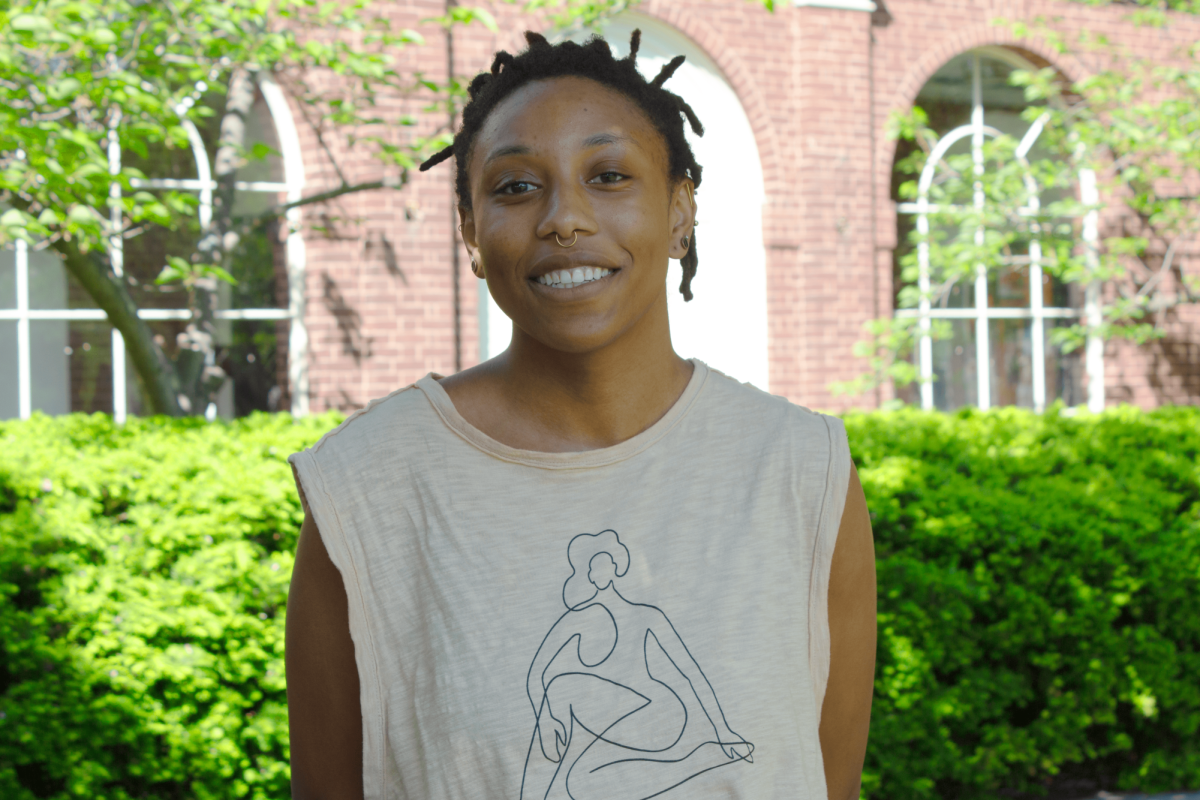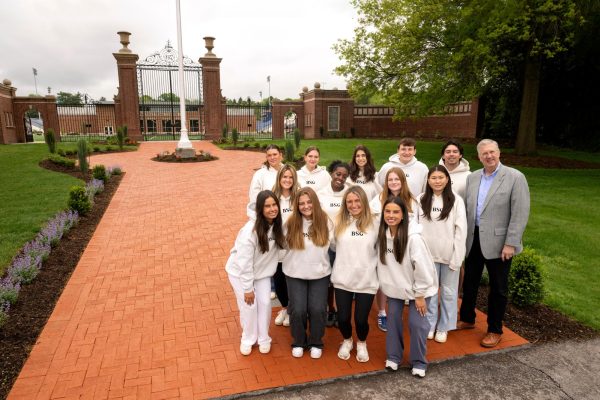Editorial: Division through unity, and vice versa
“F*** you, 2016” became a common refrain for many as the year marched on through unbridled police brutality against people of color, another record-breaking temperature high for the earth, and the death of a cadre of brilliant and influential artists, musicians, and actors. The tipping point for many was the election, in which the American people’s distrust of government became readily apparent as they turned their backs on traditionalism in favor of electing a man with no political experience but who promised change. His reputation for unabashed -isms—that is, sexism, racism, ableism, chauvinism, isolationism, anti-Semitism, and others—was not a big enough factor to preclude his election.
The results of this contentious election, in which the Electoral College elected Donald J. Trump and the American people elected Hillary Rodham Clinton (by a margin of almost three million votes), have revealed the ugly fracturing and discord in this country. The people wanted change, and change they will get, if Trump’s Cabinet nominees and extensive executive actions thus far are any indication. And yet, the people who did not vote for Trump did not accept this as the new normal; rather, the day after the inauguration of Trump, an estimated three million people participated in coordinated Women’s Marches across the world (on all seven continents—even Antarctica) to demonstrate support for women of all colors, genders, sexual identities, religions, socioeconomic backgrounds, abilities, and ages.
These events, which were a peaceful and nonviolent form of protest that Trump called “a hallmark of democracy,” were hugely successful in uniting people all over the globe in a common cause for issues such as reproductive rights, indigenous rights, environmentalism, economic disparities, violence against people of color, gender equality, the LGBTQIA community, and many others that impact women and those surrounded by them (read: everyone). In the case of the Women’s Marches, the divisive atmosphere created by the election and inequalities plaguing the country became a uniting factor for millions of people, all doing the same thing at the same time for the same reasons.
The divisions that we’ve seen tear people apart for centuries and especially today will almost certainly never cease; naive as it may sound, the silver lining is the unity that these divisions can spark. How else could we have seen what we did on Jan. 21?
Divisions propel unity—and vice versa. It can propel people to become better versions of themselves or strengthen the beliefs they hold, or introduce someone to a completely new way of thinking. Many of those who marched had never been a part of any kind of political activism before, and the same is certainly true of those attending the inauguration itself.
But conversely, unity can spur divisions as well. The overwhelmingly positive experience that this was for many became mired also for many as it became apparent that these marches largely focused on white feminism and white feminists. Where were the white people in the pink hats, indeed, at the last Black Lives Matter rally? Is it not an issue for the masses to fight for the protection of black lives, and indeed all lives of color? To be a better activist and human being, people must realize that their fight is everyone’s fight, and everyone’s fight is also their fight. The differences that keep us apart at times should serve another purpose in bringing us together.
In this time of heightened anxiety for all, will the American people turn to divisions or to unity? Will these divisions propel some people to be better neighbors, activists, friends, and human beings? Hopefully. Do we need to continue to dissect the reasons for our unity to avoid more division down the road? Probably.
